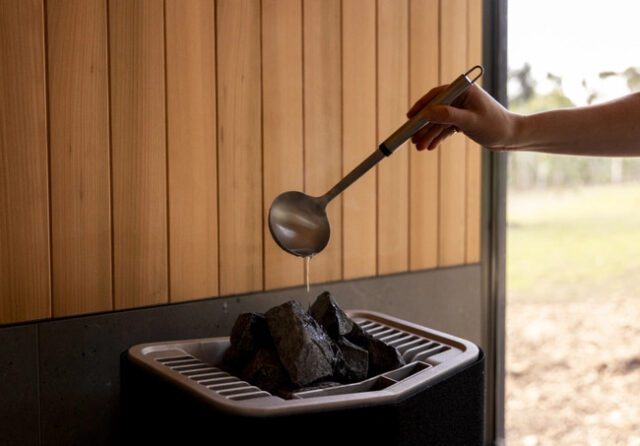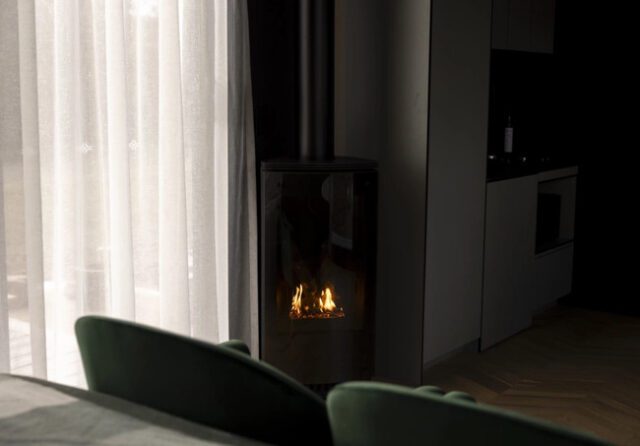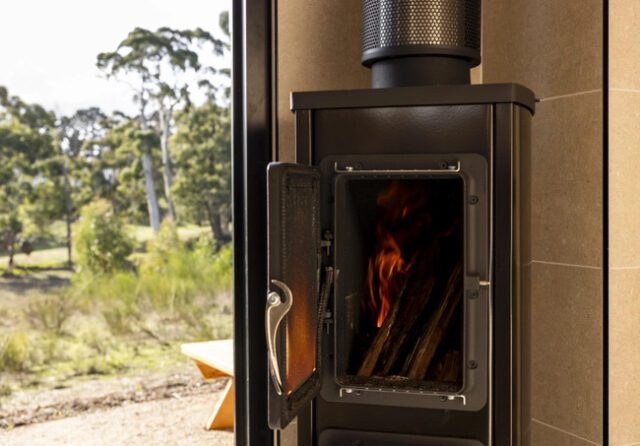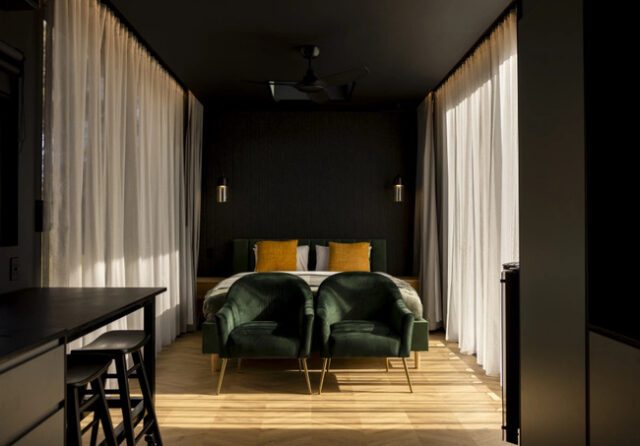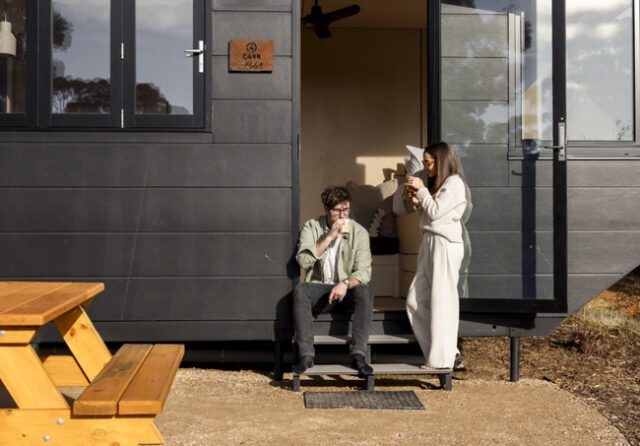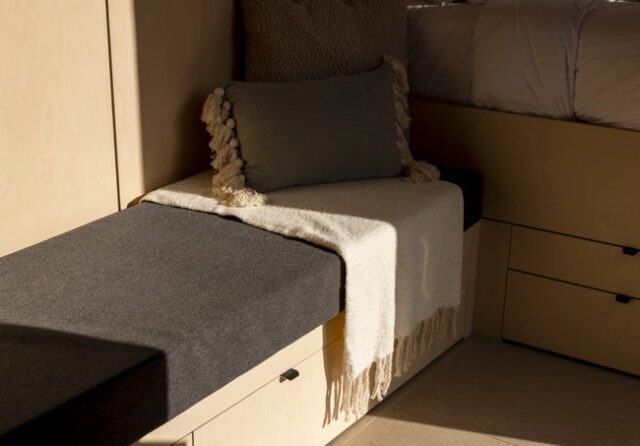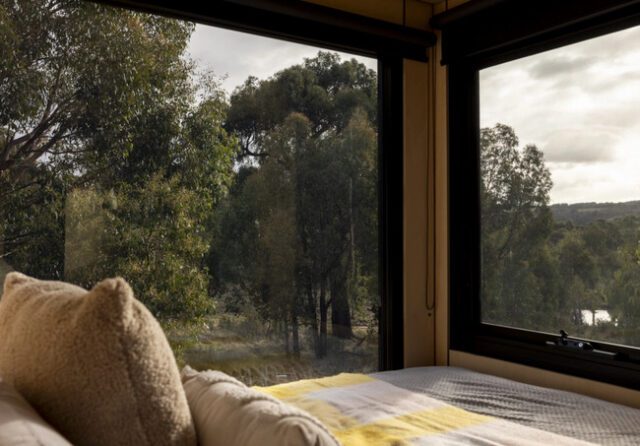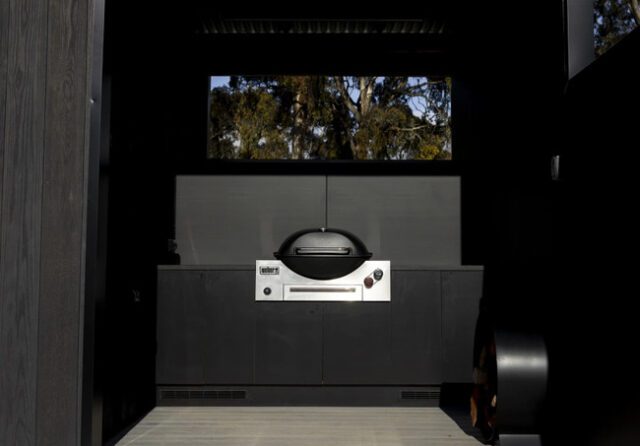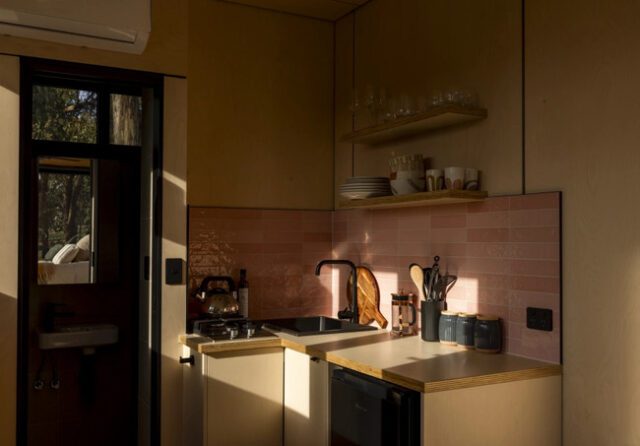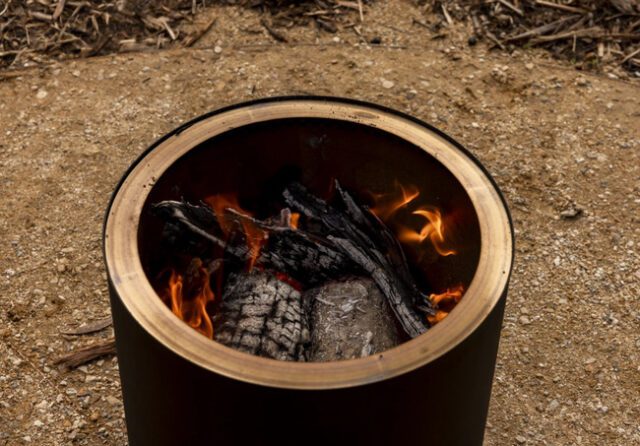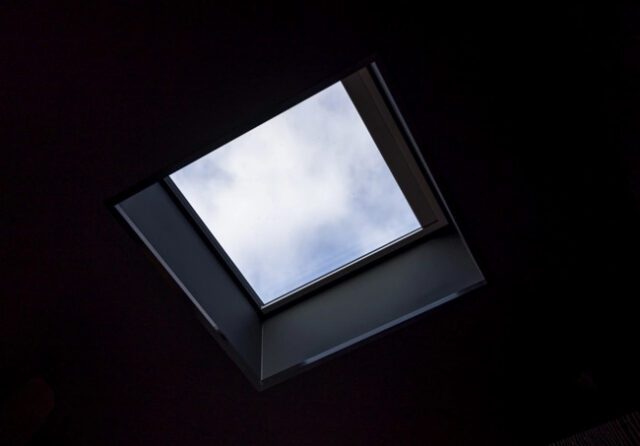
The Waterfall Kitchen Sink might be the ultimate modern kitchen accessory for those looking to upgrade their kitchen space. This innovative sink offers a variety of features designed to enhance the cooking and cleaning experience, setting it apart from the many mediocre options available on the market. With its three distinct water flow styles—a standard overhead faucet, a horizontally elongated stream that mimics a waterfall, and a glass rinsing station—this sink provides flexibility and convenience for a range of kitchen tasks. Additionally, the sink’s modular design includes removable basket options: a pluggable drain sink and a colander-style compartment for rinsing, both of which can be mounted on a track just beneath the sink’s rim. This stainless steel waterfall-style sink workstation is perfect for anyone seeking a multi-use, spacious sink that can adapt to various kitchen needs.

Measuring 30 inches wide, 18 inches front-to-back, and 8.7 inches deep, this modern sink fits into a hole measuring 28.5 inches wide and 17.1 inches front-to-back, with different size options available on platforms like Aliexpress. The additional drain strainer helps prevent clogging, making maintenance easier and more efficient. Whether you choose to purchase it on Amazon for around $390 or on Aliexpress for $200-$400, this waterfall kitchen sink and faucet workstation offers great value for its price. Its sleek design and practical features make it a standout choice for anyone looking to elevate their kitchen with a stylish and functional sink that meets a variety of culinary needs.















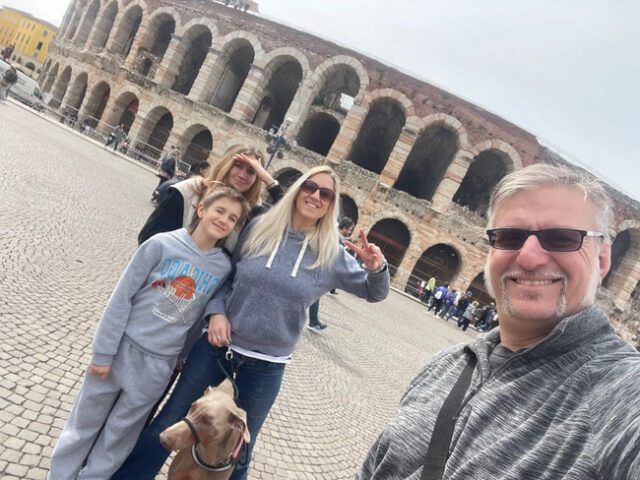
The Sailing Pickle Family lives a life many dreams of: they sail around the world, exploring new countries regularly from the comfort of their 35-foot boat. This family of four, plus their Doberman, Buddy, turned a pivotal moment of hardship into an extraordinary journey. Nicky Piccalilli’s brush with meningitis in 2017 was a life-altering event that led her to embrace a bold new vision. After texting her husband Chris from intensive care with the declaration, “When I get out of here, Continue reading “A Family of 4 Learned to Sail and Now Call a 35-foot Boat Home as They Travel the World with Their Dog” »

A recent study from Stockholm University highlights the profound impact of sleep on perceived age, revealing that just two nights of inadequate sleep can make one feel four years older. According to Leonie Balter, a researcher at the Department of Psychology, the team aimed to uncover whether sleep could be a key factor in maintaining a youthful sense of self. By surveying 429 individuals aged 18 to 70, they found that each night of poor sleep contributed to feeling an average of 0.23 years older. To delve deeper, another group of 186 participants aged 18 to 46 was instructed to restrict their sleep to four hours for two consecutive nights and then recover with nine hours of sleep for two nights. This second phase confirmed that restricted sleep significantly aged participants, with most reporting they felt 4.4 years older after the sleepless nights.

The study further revealed that participants’ perception of their age was closely tied to their level of alertness. When participants felt extremely alert, they perceived themselves as four years younger, whereas extreme tiredness led them to feel up to six years older. Balter emphasized the importance of sleep in preserving a youthful sense of age, noting that transitioning from a state of alertness to sleepiness added a remarkable ten years to one’s perceived age. This underscores the crucial role of good sleep hygiene in maintaining not just physical health but also a vibrant, youthful outlook, which can motivate healthier and more active lifestyles.

NASA’s Curiosity rover recently made an astonishing discovery on Mars by accidentally crushing a boulder, revealing yellow sulfur crystals. This find is groundbreaking as it marks the first time rocks composed of pure sulfur have been observed on the Red Planet. The conditions required for sulfur crystal formation are typically limited and were not considered present in the region Curiosity explored. Since October 2023, Curiosity has been navigating an area abundant in sulfates, which are sulfur-containing salts formed through water evaporation. While previous detections involved sulfur mixed with other materials, this discovery of elemental sulfur challenges scientists’ understanding of Mars’s geological history. The unexpected nature of this find has sparked excitement among scientists, highlighting the unpredictable and thrilling aspects of planetary exploration.

Curiosity discovered the sulfur crystals while traversing the Gediz Vallis channel, located on the slopes of Mount Sharp, a 3-mile-tall mountain the rover has been climbing since 2014. NASA’s project scientist Ashwin Vasavada described the discovery as finding “an oasis in the desert,” emphasizing its surprising and enigmatic nature. The rover uncovered not just a single crystal, but an entire field of bright rocks similar to the one it crushed, prompting questions about their origin and relationship to other sulfur-based minerals in the area. Previous observations included calcium sulfate, known as gypsum, which is a remnant of ancient groundwater flows. This latest finding adds another layer of complexity to Mars’ geological narrative. Despite sulfur’s common presence in the universe and on Earth, the pure sulfur rocks on Mars present a unique puzzle for scientists to solve, underscoring the ever-evolving and fascinating nature of space exploration.
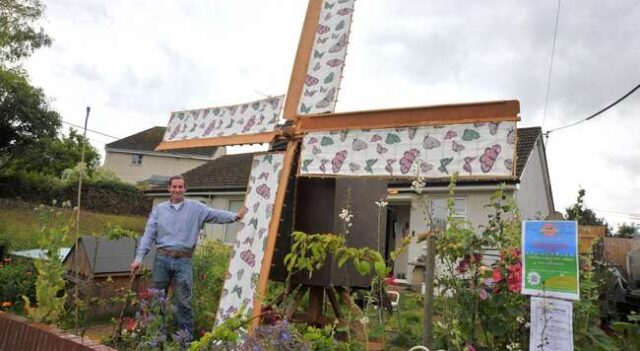
Gareth Ross Buddell, an inventive Englishman, has constructed a unique windmill in his garden in Swindon, blending historical design with modern functionality. Inspired by 12th-century windmills, his creation also serves as a wind turbine, capable of generating electricity. This quarter-size replica of the Bourn Windmill in Cambridgeshire, meticulously rebuilt using over 1,700 survey drawings, showcases Gareth’s craftsmanship and knowledge as a classical boat builder. Continue reading “Man Builds an Electricity-Generating Windmill in His Own Garden” »
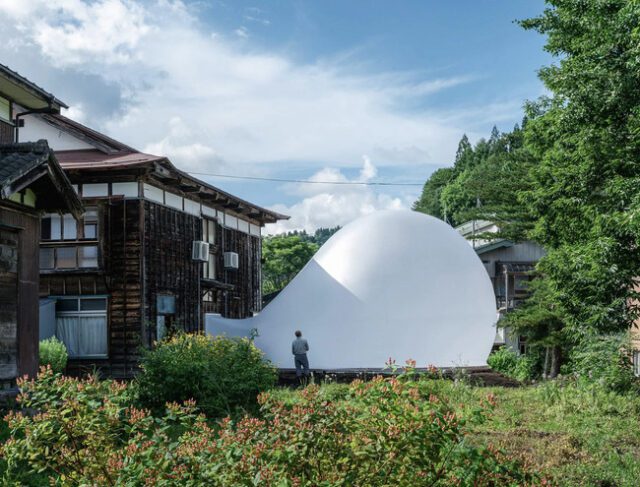
Acclaimed architecture studio MAD has created an innovative installation titled the Ephemeral Bubble, which presents the appearance of a bubble being blown by a century-old wooden house, designed specifically for the Echigo-Tsumari Art Triennale in Japan. Situated in Murono Village in the serene Japanese countryside, the bubble, crafted from a PVC membrane, integrates with the historic China House Huayuan. This unique structure is dedicated to showcasing Chinese art and culture. The Ephemeral Bubble aims to establish a conversation with the ancient Japanese landscape, offering a temporary, adaptable space that reflects the lightness and translucency of air. This expansive bubble, connected to the historic home, inflates to provide a versatile area suitable for performances and ceremonies, embodying a biomorphic design inspired by natural forms. The installation also encourages spiritual exploration through its ethereal presence.
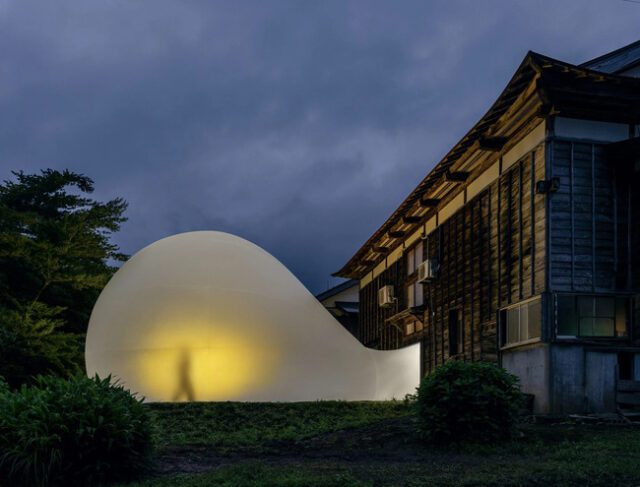
MAD describes the Ephemeral Bubble as a playful, interactive space ideal for emotional and spiritual engagement, emphasizing the importance of experiential design. In the evenings, the bubble illuminates from within, casting a lantern-like glow that transforms its interior into a realm of soft light. Visitors can gaze through the semi-transparent walls, where the outside world is perceived as a blur of colors and shapes, enhancing the dreamlike atmosphere. This installation not only adds a contemporary twist to the historic wooden house but also rejuvenates it, giving the impression that the house is whimsically blowing bubbles as it dreams. Architect Ma Yansong likens this fusion of old and new to the house breathing new life, blending virtual and tangible elements to revitalize the ancient structure, thereby infusing it with a renewed sense of vitality.
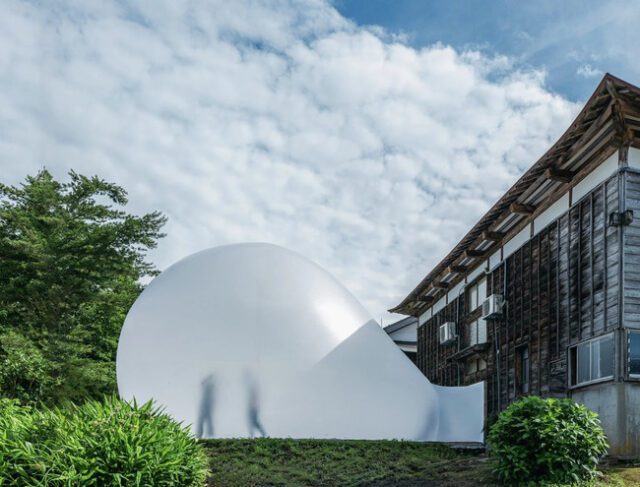

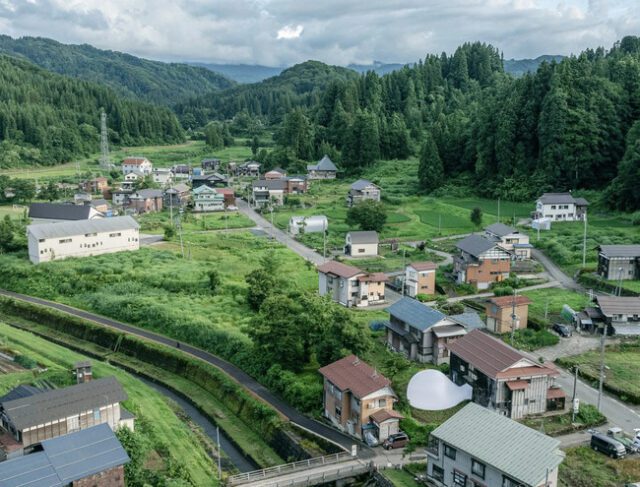
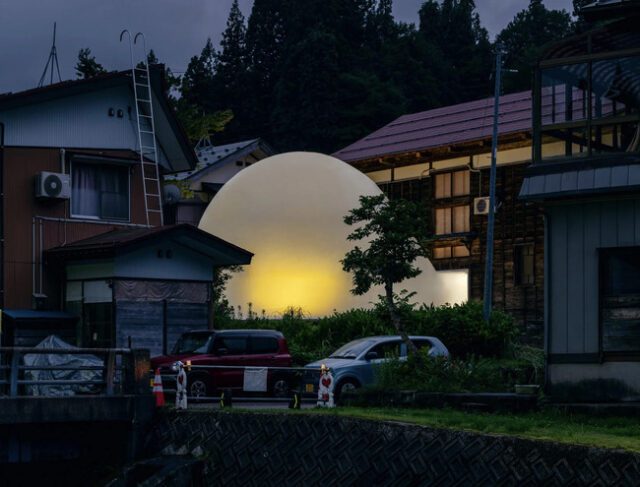
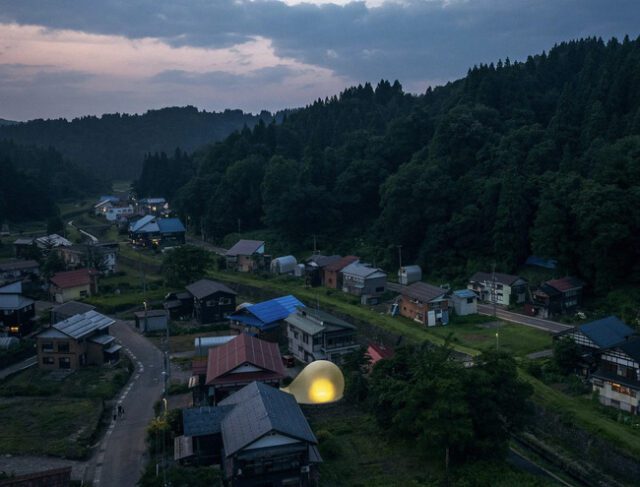

Tennessee State Parks have expanded their accessibility efforts by providing all-terrain wheelchairs in 22 state parks, enhancing outdoor experiences for individuals with disabilities. These specialized wheelchairs, designed by local company Sunrise Medical, enable users to navigate various terrains, making nature more accessible. This initiative reflects a broader trend of incorporating assistive technologies to improve inclusivity, as seen in the widespread adoption of voice commands and smart home devices. Popular parks such as Fall Creek Falls, Cumberland Mountain, and Radnor Lake now offer these wheelchairs free of charge, catering to both children and adults. This advancement allows people with mobility challenges to engage in outdoor activities that were previously difficult or impossible to access, thereby enriching their recreational opportunities.

Complementing these efforts, Tennessee State Parks have also developed wheelchair-friendly paved trails and facilities, including accessible kayak and canoe launches, to support mobility further. On a national level, parks are also making strides toward greater accessibility with initiatives like the Access Pass, which grants lifetime free entry to U.S. citizens with disabilities across over 2,000 recreation sites. These programs often include adaptive recreational equipment, mirroring the all-terrain wheelchairs in Tennessee. By prioritizing accessibility, state and national parks foster inclusivity, ensuring that natural beauty and outdoor adventures are available to everyone. These measures not only enhance the visitor experience but also promote a sense of belonging and equity in public spaces.

From South Texas comes the incredible story of how a TikTok content creator channeled his platform for good—rescuing a cat and a cat shelter by inspiring thousands in donations. The story, first reported by Victoria Lopez at My San Antonio, underscores the potential of social media to effect positive change when it captures the public’s fleeting attention. Spencer, the creator behind the SB Mowing TikTok and YouTube channels, has garnered a following of 15 million by documenting his hobby of mowing lawns for those who can’t. During one such project in Corpus Christi, Spencer discovered a little tabby cat with puncture wounds, likely from a fight with another animal. The cat, later named Esbee, seemed to have an infection, prompting Spencer to seek help from local rescue centers.

Only one center responded: Edgar and Ivy’s Cat Sanctuary and Rescue, run by Anissa Beal, who was struggling financially and contemplating closing the center by year’s end. Moved by Beal’s dedication, Spencer donated all his cash and promised to leverage his social media influence to help. Initially skeptical, Beal was astounded when a GoFundMe set up by Spencer rapidly amassed $190,000 in donations, rescuing the sanctuary from debt. This wave of generosity continued with SB Mowing followers contributing supplies, leading to truckloads of orders arriving at the sanctuary’s doorstep. Beal, grateful for the overwhelming support, credited Spencer with saving the rescue center. This miraculous turn of events not only saved Esbee, who faced a life-threatening infection but also revitalized Edgar and Ivy’s mission, enabling them to rescue 700 cats since the fundraiser. Esbee, now a symbol of hope and resilience, awaits adoption, with Beal ensuring that only committed, genuine adopters are considered.

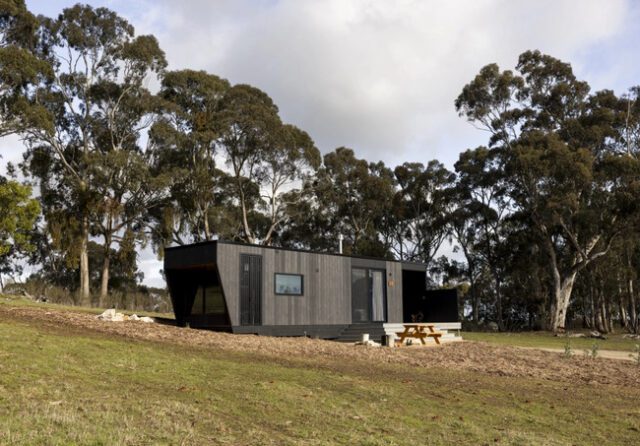
Nestled on 30 acres of The Cedars, the ancestral home of renowned artists Hans and Nora Heysen, nine new cabins by the tiny-house company Cabn offer a secluded retreat with stunning, gallery-worthy views. The property in Hahndorf, just a 25-minute drive from Adelaide’s CBD, is steeped in artistic history, once the muse for Hans Heysen’s award-winning bushland paintings and his daughter Nora’s groundbreaking portraits. The eco-friendly cabins are built with minimal environmental impact, featuring solar electricity and additional planting to enhance biodiversity. Guests can wander through the property without encountering others, exploring trails like The Artist’s Walk, which meanders through the very landscapes immortalized in the Heysens’ work.
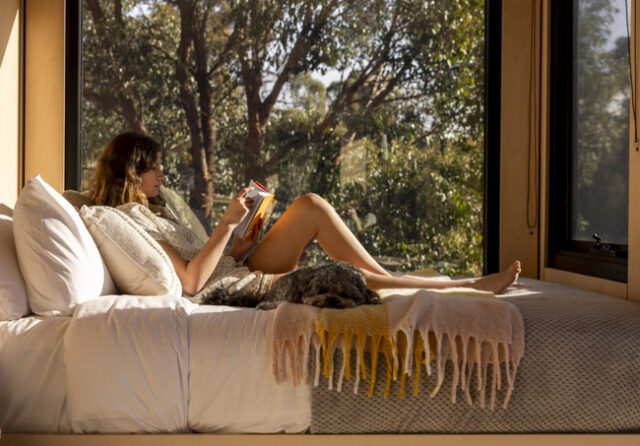
Opening in August, the cabins range from traditional tiny homes to more spacious Cabn X cottages, accommodating up to 26 people across all nine units. Each cabin offers modern comforts such as showers, Weber barbeques, indoor fireplaces, and outdoor firepits. The Cabn X houses, in particular, boast luxuries like king beds, indoor and outdoor baths, and saunas with panoramic views of the landscape. These cabins blend rustic charm with local touches, featuring products from nearby businesses like Beerenberg and Ambleside Distillers. Since its founding in 2017, Cabn has expanded its presence in South Australia, with these new additions bringing the total number of properties to 39.
